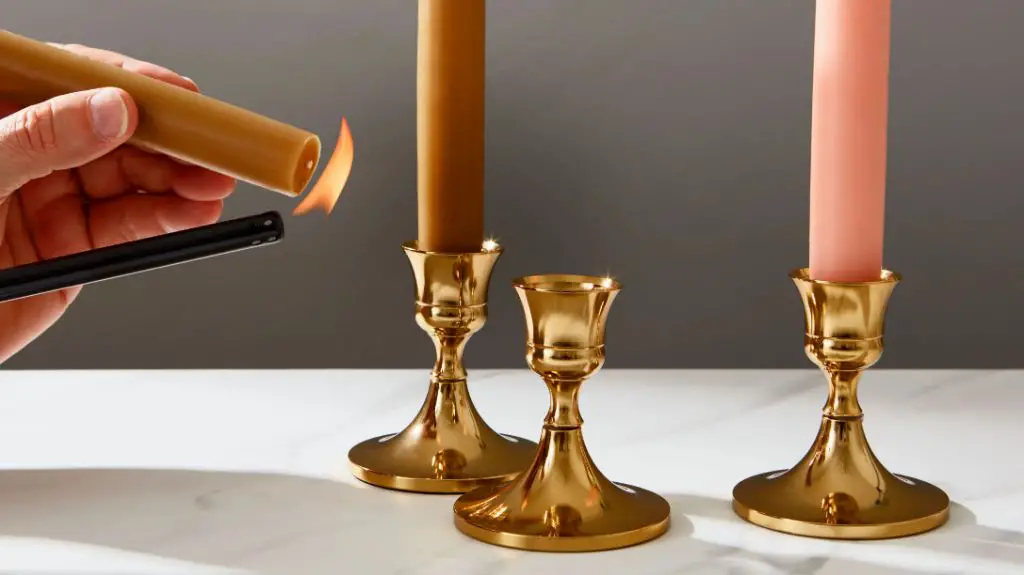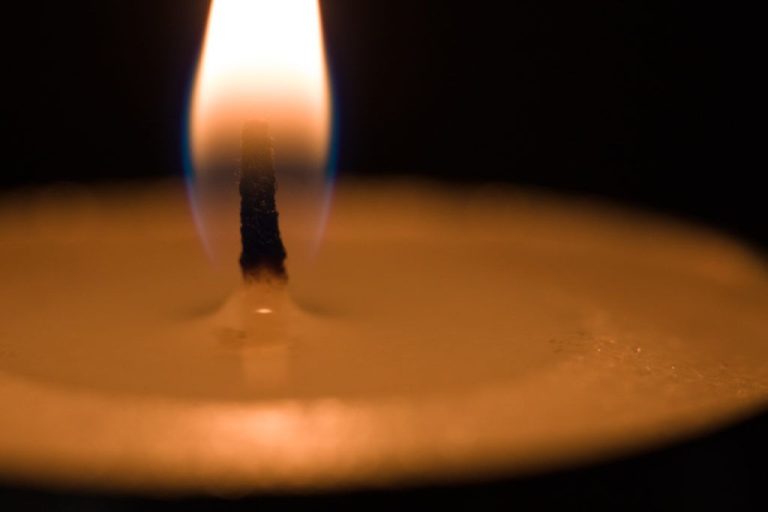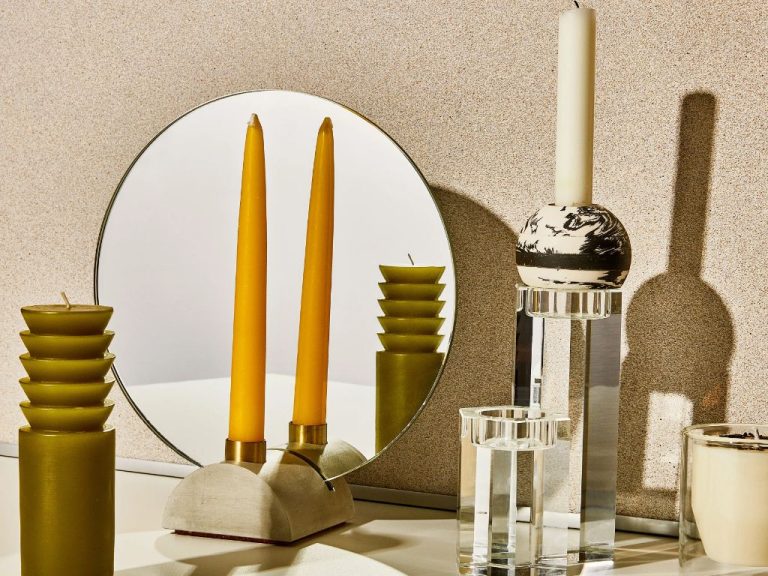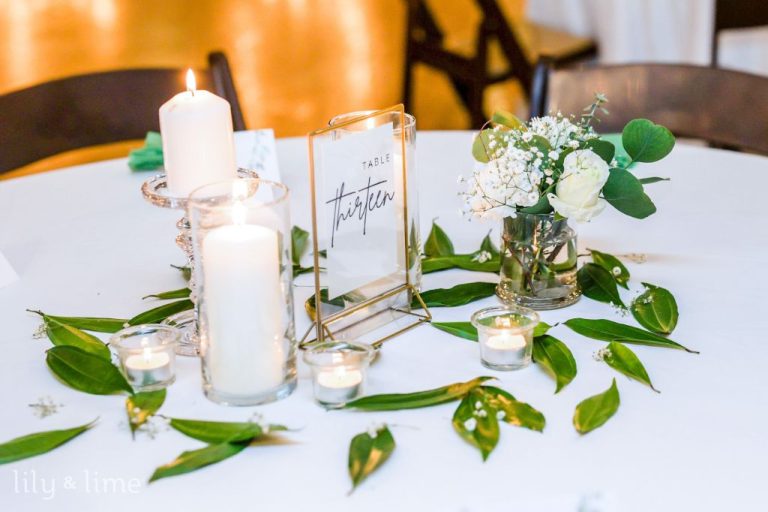How Do You Use A Candle As A Centerpiece?
Centerepieces featuring candles can elevate a tablescape and make it feel special. The goal with using candles as centerpieces is to create a focal point that sets a mood, whether it’s romantic, elegant, rustic, or other decorative styles. Candles add a warm glow, interest, visual drama and charm to any event or table setting. They make the table feel complete and become a topic of conversation for guests.
When selecting and arranging candles for a centerpiece, consider the overall aesthetic you want to achieve. The colors, shapes, sizes and holders should complement your event style and table decor. Strategic placement of the candles is also key – they should be visible to all guests without blocking conversation. Follow basic safety tips as well to prevent fire hazards. With creativity and attention to detail, candles can provide the crowning touch for your table as a captivating centerpiece.
Selecting Candles
When selecting candles to use as part of a centerpiece, consider the shape, size, color, and scent. Here are some of the most common types of candles to use:
Tapers: These long, thin candles are designed to fit into candleholders. They come in a variety of heights, widths, and colors. Tapers work well in candelabras or candlesticks. Arrange 3-5 tapers together for visual impact.
Pillars: These thick, cylindrical candles come in various diameters. Pillar candles look great on their own or grouped together on a tray or platter. They come in solid colors or patterns.
Votives: Small and short, votive candles are designed to fit into glass votive holders. They’re inexpensive and easy to arrange in clusters. Votives don’t give off as much light as larger candles, but provide a soft glow.
Consider mixing colors, heights, and widths of candles for visual interest. Choose scented or unscented candles based on preference. Make sure the scent complements the overall aesthetic. For a cohesive look, select candles that coordinate with your tableware.
Groupings and Arrangements
There are many creative ways to group candles together to form an eye-catching centerpiece. Try clustering candles of varying heights and shapes together for visual interest. For example, you can combine tall taper candles with short votive candles or pillars. Mixing different colors and textures also adds variety.
Arranging candles in symmetrical or asymmetrical styles can provide different focal points. A symmetrical design with candles of the same height creates balance, while an asymmetrical arrangement with varying candle heights feels more organic. You can also alternate candle heights back and forth or radiate them out from a central point.
For a more ornate look, cluster molded candles or curvy pillars together. Then fill in gaps with tea lights or smaller votives. Candles grouped tightly together make a bolder statement, while leaving more space between them results in a lighter, airier feel. You can contain grouped candles on a tray, mirror, or other reflective surface to beautifully reflect and multiply the candlelight.
Get creative clustering candles on multiple stacked platforms for added height and dimension. Or, surround a large central pillar with smaller votives in a “sunburst” pattern. The possibilities for interesting groupings and arrangements are endless! Play around with different combinations to find a style you love.
Candleholders
The candleholder you choose will set the aesthetic for your centerpiece. Consider different materials like glass, metal, and wood when selecting candleholders. Glass holders such as pillar candle holders allow the candlelight to shine through for ambiance. Metal candleholders like copper or iron can provide an elegant, vintage touch. Wood holders create a natural, rustic feel.

Candleholders also come in a variety of shapes and sizes. Small tea light holders are great for scattering across the table. Tall, cylindrical vases and hurricane glass holders make eye-catching statement pieces. For more whimsical designs, explore taper holders or figural shapes like lanterns, stems, and bowls. Determine the style and mood you want to achieve when selecting your candleholders for centerpieces.
Adding Accents
Adding complementary accents to a candle centerpiece can enhance the display and bring everything together. Consider using elements from nature or decorative objects to build visual interest around the candles.
Fresh flowers and greenery make beautiful accents around candles. Choose blooms in colors that coordinate with your tablescape. For example, white candles pair nicely with soft pink peonies or white roses. Evergreen branches, eucalyptus, and ivy vines can provide fresh texture and color.
Crystals, beads, marbles, or pebbles can add sparkle when placed around candleholders. Go for a unified color theme or mix transparent, iridescent, and solid beads for variety. Glass vases filled with crystals or marbles create lovely reflective accents.
Other pretty accents could include seashells, pinecones, decorative stones, sand, driftwood, lace, ribbon, or raffia. Display natural elements in bowls or trays around the candles. Incorporate patterns and textures like burlap, jute, or crushed velvet to complement the candles.
When adding accents, consider the candle flame height and allow proper ventilation so the flickering light won’t be obstructed. Low profile accents around tall taper candles keep the focus on the dramatic candles. For short votive or pillar candles, taller decorative elements can add nice dimension.
Tablescape Considerations
When using candles as part of your tablescape, you’ll want to make sure your candles coordinate well with the overall style and palette of your table. Here are some tips on integrating candles into your tablescape design:
Select candles and candleholders that match the color palette of your table linens, dishes, and other decorative elements. For example, opt for navy blue candles and gold candleholders to complement a table with a navy blue tablecloth. Or choose neutral white candles to let vibrantly colored dishes and floral arrangements pop.
Coordinate your candlesticks or candleholders with your place settings. For example, use crystal candlesticks alongside crystal stemware. Or opt for ceramic candleholders that match dinner plates with a handpainted style. Just make sure the height of your candleholders fits well with the overall placesetting.
Consider the style of your table decor when selecting candle designs. For elegant tables, look for
– ornate or etched candleholders. For rustic tables, try simple votives in a mix of Mason jars, mercury glass votives, or birch log slices. Pick taper, pillar, or votive candles that align with the vibe you want to create.
Incorporate candles into a cohesive story for your tablescape. For example, use blue and white candles and decor to create a “seaside” theme. Or go for an autumnal feel with orange candles and candleholders alongside gourds and maple leaves.
Creative Candle Displays
Candles can be artfully arranged in various vessels to create stunning centerpieces. Get creative with different candle holders like:
- Books – Stack vintage books of different heights and nestle candles in between the pages or on top. This creates beautiful dimension.
- Lanterns – Wire or glass lanterns containing candles result in a gorgeous glow. Suspend lanterns above the table for drama.
- Hurricanes – Top hurricane vases with pillars to vary heights. Surround with seashells, beads, or flowers at the base.
- Trays – Line trays with sand and position candles in the sand. Intersperse with pebbles, shells, or beads.
- Terra Cotta Pots – Mix and match pots of different sizes and fill with candles. Wrap jute around pots for texture.
- Wood Boxes – Place wood boxes of varying heights down the center of the table and put candles directly inside or on candle plates.
The options are endless when using candles creatively. Play with different levels, textures, shapes, and materials to design one-of-a-kind candle displays.
Safety Tips
When using candles as part of your tablescape or centerpiece, it’s crucial to keep safety in mind. According to the National Candle Association, you should never leave a burning candle unattended and should always keep candles out of reach of children and pets (https://candles.org/fire-safety-candles/). Supervision is key to preventing fires or injuries.
The National Fire Protection Association (NFPA) recommends placing lit candles at least 12 inches away from anything that can burn and not using candles in places where they can be knocked over easily (https://www.nfpa.org/education-and-research/home-fire-safety/candles). Choose sturdy, nonflammable candleholders and avoid leaving lit candles near drapes, clothing, bedding or other fabrics.
It’s also important to extinguish candles before going to sleep or leaving the room. The NFPA reports that two of every five home candle fires occur between the hours of 6-11pm. Never let a candle burn out completely – put it out once it gets within two inches of the holder. With some basic precautions, you can safely enjoy candles as part of your table decor.
Lighting the Candles
Proper timing is important when lighting candles for a centerpiece. You’ll want to light the candles 10-20 minutes before guests arrive so that they have time to melt and pool a bit, creating a warm glow and scent. However, you don’t want to light them too early and risk the candles burning out before guests have arrived or dinner has been served.
According to Southern Living, candles should be lit just before guests sit down to dinner, about 10 minutes prior. Lighting the candles right before guests arrive gives time for the candles to provide ambiance and fragrance, without posing a fire hazard if left burning unattended for too long.
It’s also wise not to procrastinate lighting Shabbat candles, which should be lit before sunset but no more than 1 1⁄4 hours before, according to Chabad. Leaving ample time ensures you don’t accidentally light candles after sunset on Shabbat.
Maintaining the Candles
It’s important to monitor the candles throughout your event to ensure they stay lit. Drafts or fluctuating airflow can sometimes extinguish candle flames. Check on the candles every so often and relight any that have gone out using a lighter or long match. Be careful when relighting to avoid burning yourself or catching decorations on fire.
According to The Outer Banks Candle Company, you should also occasionally trim the wick as the candle burns down. This helps the flame burn upright and evenly. Simply use small scissors or nail clippers to snip off a 1⁄4 inch of the charred wick. Properly trimming the wick can help candles burn cleaner and longer (https://www.theouterbankscandlecompany.com/blog/candle-care-tips-keep-flames-burning-longer/).




